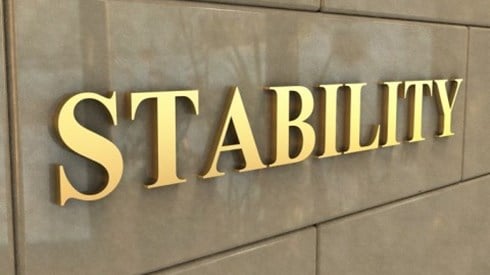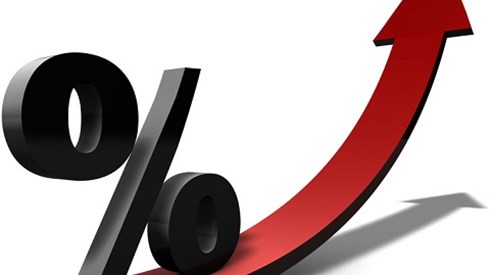"Asymmetrical" Reinsurance Market in a State of Transition

January 06, 2020

Recent findings from Guy Carpenter & Company showed reinsurance renewals at January 1, 2020, were shaped by deteriorating loss experience, a lack of new capital inflows, and increasingly challenged environments in the primary insurance and retrocession markets.
In its initial view of the January 1, 2020, renewal, Guy Carpenter said that while reinsurance supply was largely sufficient to meet increasing demand in all but the most constrained areas, outcomes varied significantly by geography, line of business, and cedent, with performance one of the key differentiators.
The loss environment and shifting views of risk were crucial factors in changing market sentiment. The impact of risk reassessments has been particularly pronounced in the primary insurance market to date, where derisking exercises at some players have led to the scaling back or withdrawal of capacity from several underperforming lines of business, Guy Carpenter found.
In what Guy Carpenter described as an "asymmetrical market," classes where underlying performance remained positive and profitable often resulted in renewals as expiring, or in some cases modest rate decreases, while those with more strained operating conditions faced market corrections, some significant. The most pronounced reinsurance rate increases were localized to specific regions or markets, typically led by successive years of losses, deterioration in performance, and/or changing risk perceptions.
Guy Carpenter noted that reinsurers' capacity deployment strategies were realigned in a select number of US liability classes at January 1, 2020, as reinsurers reacted to pockets of heightened loss ratios and an increasingly difficult legal environment—both of which, it added, were being countered by significant positive underlying rate momentum and underwriting actions within cedents' primary portfolios.
In the retrocession market, the environment was challenged at January 1, 2020, characterized by trapped capital, a lack of new capital, and continued redemptions from third-party capital providers. Shifting market dynamics prompted reinsurers to weigh the alternatives of accepting enhanced volatility potential or considering alternative vehicles, such as catastrophe bonds. These capacity conditions culminated in significant retrocession rate increases across several types of coverage at renewal, albeit with marked distinctions depending on products, structures, relationships, risk tolerances, loss experiences, and performance.
In the property catastrophe reinsurance market, pricing adjustments for loss-impacted programs in peak zones were significant in certain cases, whereas loss-free accounts in other geographies trended flat to down. Given the weighting of peak zone limit up for renewal at January 1, Guy Carpenter's Global Property Catastrophe Rate-on-Line Index rose by approximately 5 percent, based on preliminary calculations.
The backdrop to casualty reinsurance renewals was more difficult, according to the briefing, as heightened litigation costs and more generous jury verdicts—and attitudes—in the United States forced reinsurers to adopt more cautious positions. Higher loss cost trends, increased severity, and development beyond reinsurers' expectations led to market tightening in specific areas of the US liability market.
"The (re)insurance sector is undergoing a period of transition as risk quantification strategies incorporate new information and risk appetites are adjusting accordingly," said Peter Hearn, president and CEO of Guy Carpenter. "The response of the reinsurance market to these dynamics continues to evolve. At January 1, 2020, there was more than sufficient capital relative to demand for most renewal placements, even as reinsurers navigated elevated losses and adjusted underwriting assumptions to reflect changing perceptions of risk. However, market conditions have clearly tightened and negotiations became a function more of price than capacity."
David Priebe, chairman of Guy Carpenter, added, "The reinsurance market enters 2020 in a solid position with initial analysis of dedicated reinsurance capital up slightly as compared to a year ago, bolstered by mid-single digit growth in rated capital in 2019. Accounting for the impact of trapped capital, total available capital at January 1 is close to flat. While reinsurers will continue to deploy capacity cautiously, with cedents' performance and loss experiences scrutinized closely, the sector remains well capitalized overall."
January 06, 2020






